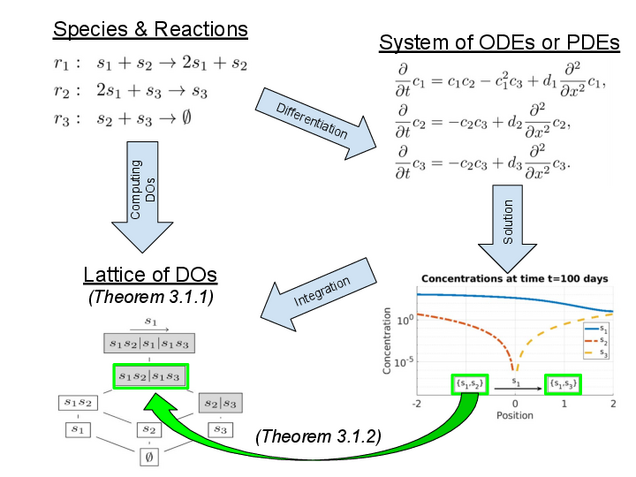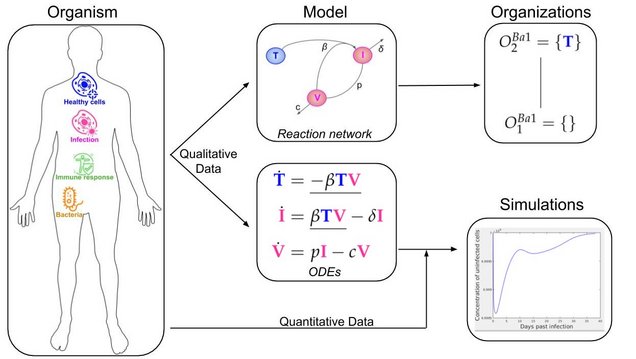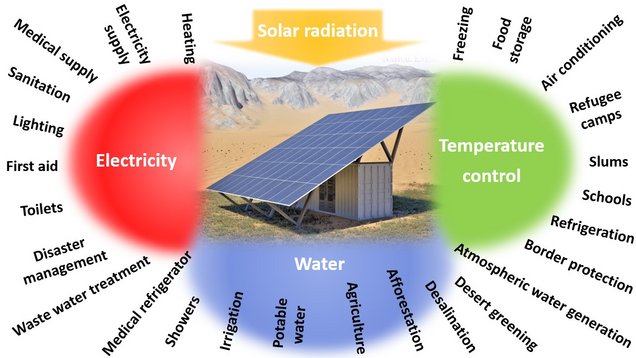
Sonstiges
Sprechzeiten:
Dienstag: 12.15 - 13.15 Uhr
und nach Vereinbarung (per Email)
Teaching
- Mathematics I for for Biotechnology and medical technology, Industrial Engineers, E-Commerce and Digital Economy
- Algebra & Matlab/Python for Electrical and Computer Engineers
- Applied Mathematics for Biotechnology and medical technology, Industrial Engineers, E-Commerce and Digital Economy
- Inductive Statistics & Data analysis for the Master's Programs in Business Administration and Business Informatics
Understanding and predicting the dynamics of complex systems
Describing the dynamics of complex systems is both important and challenging. Such systems encompass a wide range of phenomena, including neurological processes in the brain (see above), the spread of novel viruses, the behavior of AI agents, climatic developments, and cellular processes such as division, which may lead to cancerous growth or rejuvenation.
A theoretical framework from systems and network theory—introduced in a SIAM article titled "Linking network structure and dynamics to describe the set of persistent species in reaction-diffusion systems“—offers mathematically rigorous tools for identifying all long-term persistent subsystems, even within highly complex systems.
This theory was recently extended, and an efficient algorithm was presented in a paper published in Nature Scientific Reports, titled "Computing all persistent subspaces of reaction-diffusion system."
Typical application domains include cell cycle dynamics, microbial ecosystems, neurological signaling pathways, and virus infection dynamics (see below).

Virus infection dynamics
Mathematical models of virus infection dynamics are essential for understanding the progression of infections, optimizing treatment strategies, and guiding vaccine development.
We applied the organization theory outlined above to infection models of Influenza A and SARS-CoV-2.
This approach enabled us to identify and characterize a wide range of model types using a rigorous mathematical framework.
Our findings may contribute to the construction and analysis of more sophisticated models in the future.

Nathal Energy supply container
In the context of an international collaboration on the deployment of the autonomous Nathal Energy® multi-purpose supply containers, the following activities, among others, are worth mentioning:
- an online simulation tool based on NASA weather and climate data to estimate water and power production by the containers worldwide: Nathal Energy Supply-Container Simulation (nathal-energy.com)
- a scientific peer-reviewed publication on the containers: Sustainability | Free Full-Text | Performance Analysis of a Solar-Powered Multi-Purpose Supply Container (mdpi.com)
- ... with an example of an article in an internationally read journal from England expressing enthusiasm about Nathal Energy: Presenting a Solar-Powered Service Module with Multiple Uses (azom.com)
- several theses on technical, economic and marketing aspects of Nathal Energy's multipurpose supply containers.
The supply containers were developed using the intuitive approach introduced by Nathal, as described in a publication.

More
The Adaptive Skip-gram (AdaGram) algorithm extends traditional word embeddings by learning multiple vector representations per word, enabling the capture of contextual meanings and polysemy. Originally implemented in Julia, AdaGram has seen limited adoption due to ecosystem fragmentation and the comparative scarcity of Julia’s machine learning tooling compared to Python’s mature frameworks. In this work, we present a Python-based reimplementation of AdaGram that facilitates broader integration with modern machine learning tools. Our implementation expands the model’s applicability beyond natural language, enabling the analysis of scientific notation—particularly chemical and physical formulas encoded in LaTeX. We detail the algorithmic foundations, preprocessing pipeline, and hyperparameter configurations needed for interdisciplinary corpora. Evaluations on real-world texts and LaTeX-encoded formulas demonstrate AdaGram’s effectiveness in unsupervised word sense disambiguation. Comparative analyses highlight the importance of corpus design and parameter tuning. This implementation opens new applications in formula-aware literature search engines, ambiguity reduction in automated scientific summarization, and cross-disciplinary concept alignment.